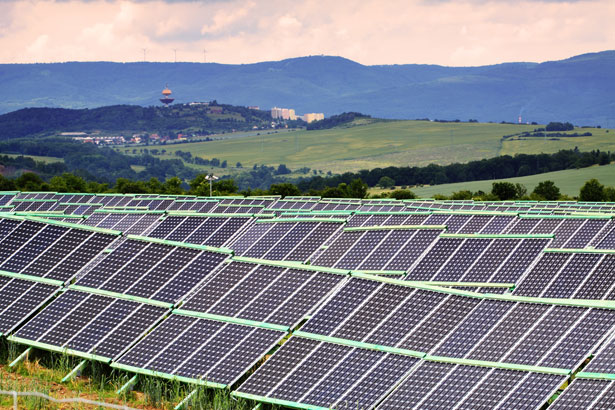India Solar Energy Zones
The Indian government has been coming up with a number of policies and initiatives to boost the solar energy capacity in the country. While some have succeeded (reverse auction tenders for grid utility projects) some have failed such as the promotion of rooftop solar through subsidies. The super large solar power plant of 4000-5000 MW capacity known as solar UMPPs have also proven to be a non-starter. The government now has come up with a new plan to substantially accelerate the adoption of solar power in India. This will be done through “Solar Zones,” which will be super large areas of 25,000 acres in size each. The states will have to earmark such area out of wasteland or fallow land lying unused.
Key highlights of Solar Zones:
1) Transmission lines to be built at multiple points in these zones to connect the main transmission network of the country. Note the lack of transmission is the biggest hurdle facing large solar power plants and solar parks in remote areas from getting operationalized. Once a transmission connectivity is there, then it will be easy for developer to build solar projects. Developers will not have to build a transmission line of more than 25 kms
2) 25% of the area will be earmarked for the manufacturing of solar products such as ingots, wafers, cells and panels
4) 50% of the area will be allowed for large grid scale utility projects from large project developers and investors. This implies an area of around 12500 acres, which will be enough to develop around 2.5 GW of solar capacity
6) The solar zone much have contiguous land (or near to it) and should have a radiation of at least 4 kWh/sq. metre ( 1460 kWh/year)
8) Biggest difference between solar park and solar zone is that the Indian government will only facilitate the acquisition of land, but will not acquire it



